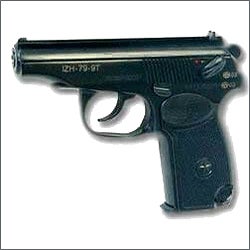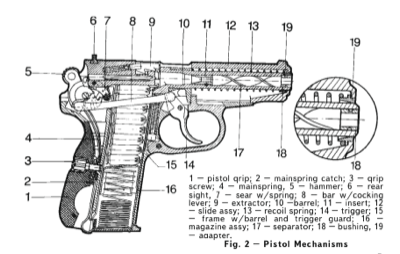
What is the Palm Pistol®?
The Palm Pistol® is an ergonomically innovative single shot defensive firearm chambered in .38 special that may be fired using either hand without regard to orientation of the stock. Suited for home defense, concealed carry or as a backup gun. It is also ideal for seniors, disabled or others who may have limited strength or manual dexterity. Using the thumb instead of the index finger for firing, it significantly reduces muzzle drift, one of the principle causes of inaccurate targeting. Point and shoot couldn't be easier.
For more detailed information, read the Palm Pistol Specification.
(Adobe Acrobat Reader required. Download it for free.)
Pre-Production Sales
We plan a limited initial production run with a projected retail cost of $300. Sales are restricted to US citizens and resident aliens as permitted by law. All transfers must be made through a Federal Firearms Licensee (FFL).

Image Gallery
Sign up for news alerts
Key Features
- Uses thumb instead of index finger to fire
- Optional Picatinny rail for accessorizing
- Designed for LaserLyte Subcompact V2 laser sight
- Loaded chamber indicator
- Cocked striker indicator
- Easy breech access and loading
- Dual independently operable grip safeties
- Discreet concealment
- ATF classified as standard "pistol"
Contact Us
Constitution Arms™
12 Hoffman Street
Maplewood, NJ 07040-1114
phone: 973-378-8011
mcarmel@constitutionarms.com
www.constitutionarms.com



















![Reblog this post [with Zemanta]](http://img.zemanta.com/reblog_e.png?x-id=4dc2290a-f24e-46ac-8f06-f744c07ec372)














